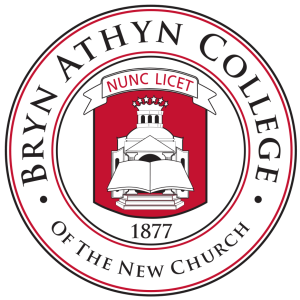With the advance of amazing research technology, research about the human brain and how it functions and develops has exploded over the past two decades. Scientists are now able to peer into the human mind and confirm or disconfirm many of the theories developed by psychology over the past hundred years, as well as explain brain functions that have been invisible and unknown. However, the recent explosion of information can often come across to the lay person or the undergraduate student as daunting: the brain is so intricate and complicated, and its terminology so esoteric, that one is often overwhelmed, confused, and unable to synthesize the plethora of seemingly disparate information into a coherent, usable understanding. Therefore, this course focuses on helping students become familiar with and learn the names of the main structures and systems of the brain, the main functions of these structures, and some of the most common brain disorders, We will be using one textbook, journals, online search engines and media to address these goals. In this class it is expected that the student will
not only become familiar with the names of specific brain structures and functions, but also memorize most of the terminology, which will be assessed through a mid-term and final exam. In addition, since this course meets the Information Literacy requirements for Bryn Athyn College’s Core Curriculum, students will also be expected to formulate and express their own opinion regarding the philosophical merits or disadvantages of scientific research aimed at better understanding the brain. Another requirement of the course will challenge students to hone their ability to find, evaluate, and synthesize current research on the brain in order to satisfy his/her own curiosity about a specific brain-based disorder.
- Teacher: Fernando Cavallo
